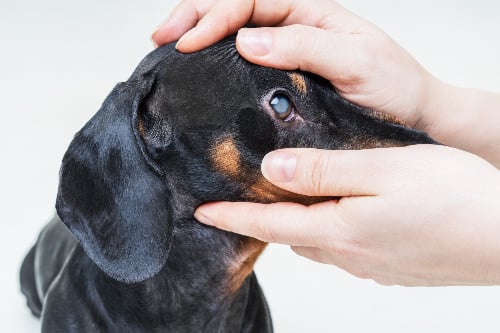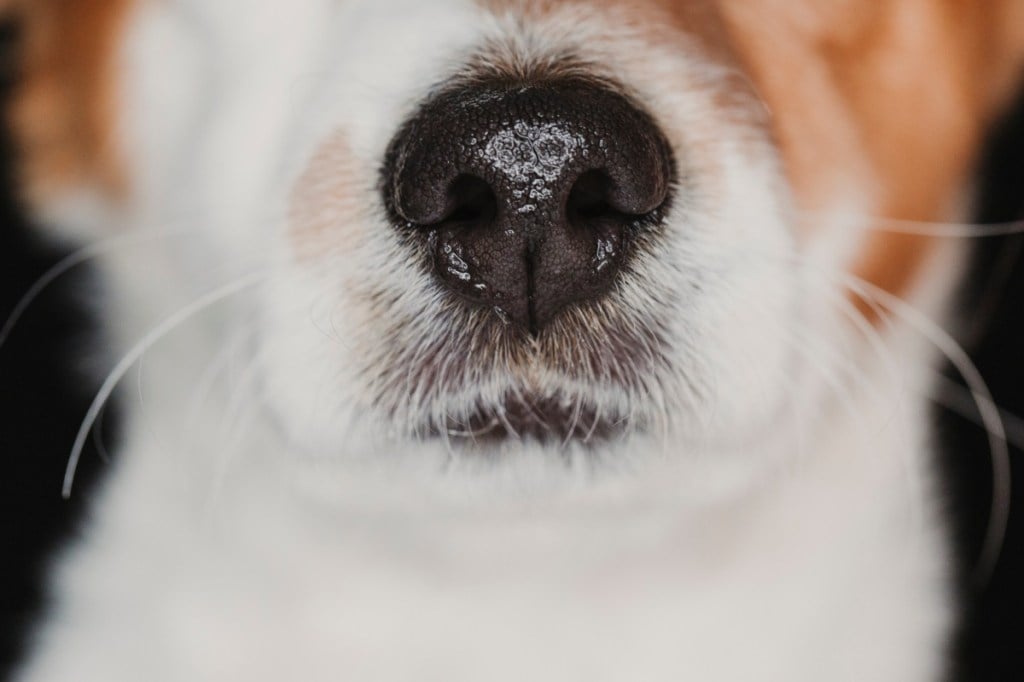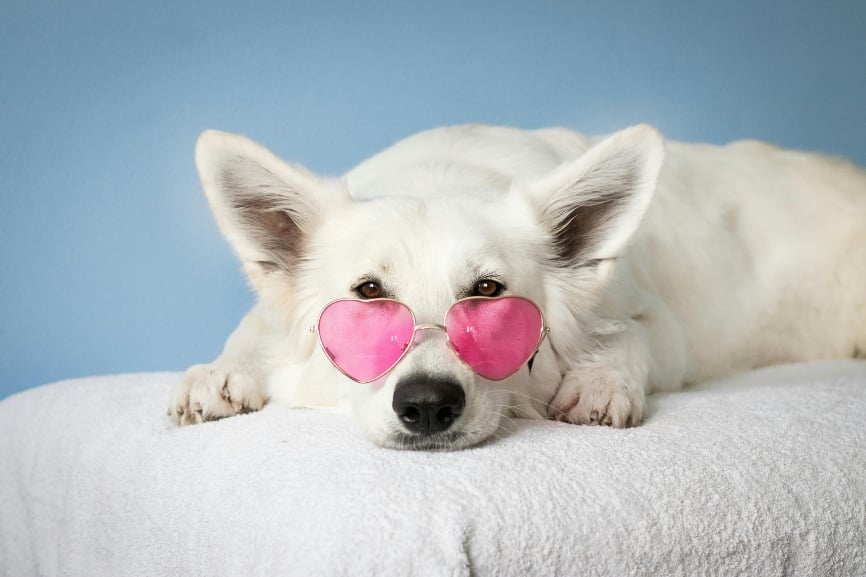Key Takeaways
- Cataracts form on the lens of the eye and can cause impaired vision and blindness.
- Genetics most commonly cause cataracts in dogs.
- Symptoms of cataracts include cloudiness in the eye and clumsy movement.
- Having diabetes mellitus can increase a dog’s risk of cataracts.
- Surgery may be required to remove cataracts to prevent future blindness.
Table of Contents
What are Cataracts?
A cataract is an opacity in one or both eyes that causes impaired vision or blindness, depending on the severity. A cataract is a white or grey coloration that forms in the lens of the eye located just behind the pupil. Cataracts can be small and hardly noticeable, or grow to the size of the entire lens. Severe cases of cataracts can cause complete blindness, and can also lead to glaucoma and inflammation of the inner eye, called uveitis which can be difficult to treat and lead to blindness.
Causes
The most common cause of cataracts has to do with a dog’s genetics. This means certain breeds are predisposed to developing cataracts, including cocker spaniels, miniature schnauzers, golden retrievers, and Siberian huskies, to name a few. Diabetes mellitus can increase a dog’s chances of developing cataracts as well, due to high blood sugar levels that cause the lens of the eye to swell. Cataracts may also be caused by trauma to the eye, uveitis (an inflammation of the eye) or an electric shock. Age-related cataract development may also occur.
Symptoms of Cataracts in Dogs
Cataracts, in the early stages of development, may show no signs at all. As the condition progresses, you may notice the following symptoms:
- Visible cloudiness of one or both eyes
- Stumbling or bumping into furniture, walls, people or other objects and beings
Cataracts caused by diabetes may be accompanied by symptoms such as:
- Increased thirst
- Increased hunger
- Increased urination
- Weight loss
Diagnosing Cataracts in Dogs
To diagnose your pet’s condition, your veterinarian will take a history of your dog’s symptoms and health, followed by a complete physical exam and complete eye examination. If your dog has or is suspected to have diabetes, they may also perform a blood test and a urinalysis. Your veterinarian may refer you to a veterinary ophthalmologist for further diagnosis and treatment. Ultrasounds and electroretinography may be used as diagnostic tools to more closely view the animal’s eyes.
Treatment
Your veterinarian may recommend surgical removal of the cataracts to prevent the disease from progressing into total blindness and prevent glaucoma or inner eye inflammation that can cause extensive pain. Other treatment options include eye drops to help prevent inflammation, and treating the underlying cause if known. Surgical removal can result in a full recovery, allowing the animal to lead a normal and happy life. However, surgical complications can occur, such as glaucoma, bleeding, uveitis, retinal detachment, blindness, and clouding of the cornea.
The content is not intended to be a substitute for professional veterinarian advice, diagnosis, or treatment. Always seek the advice of your veterinarian or other qualified health provider with any questions you may have regarding a medical diagnosis, condition, or treatment options.









